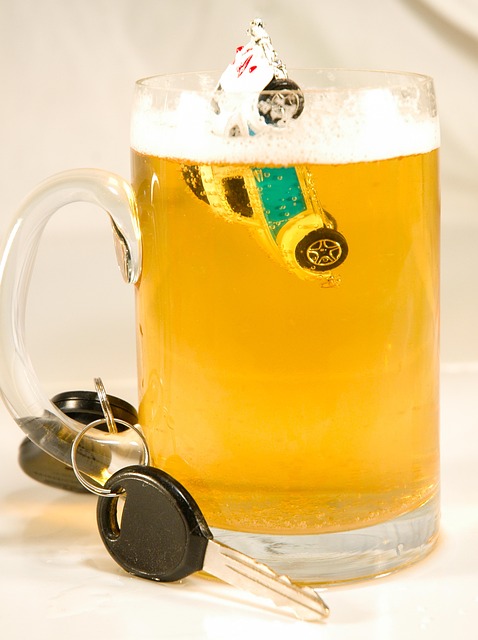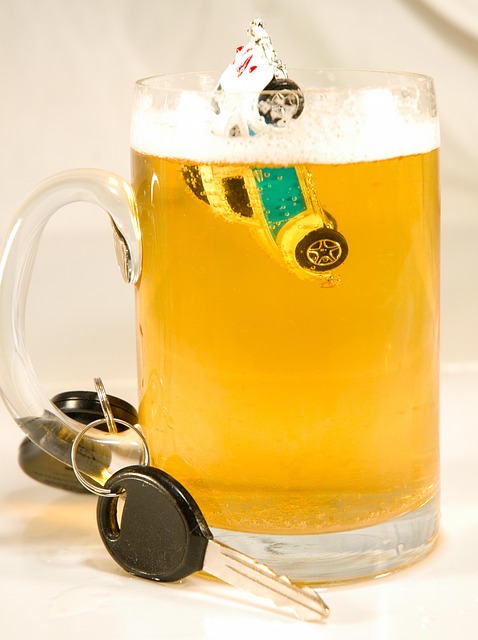Teen impaired driving, exacerbated by digital distractions, poses significant risks. Tech Solutions for Impaired Driving offer promising strategies through apps and software monitoring blood alcohol levels, promoting safe habits, providing accountability, and educating teens. Integrating these tech solutions into rehabilitation programs helps teenagers navigate towards a safer future, with virtual rehab programs offering flexibility and gamified elements encouraging positive behaviors. Post-rehabilitation follow-ups leveraging Tech Solutions for Impaired Driving are crucial for long-term success in recovery.
Teen impaired driving poses significant risks, but innovative tech solutions offer hope. This article explores effective strategies for teen rehabilitation, from understanding elevated driving dangers to leveraging technology in monitoring and support. We compare in-person vs virtual programs, uncover the power of gamification, and highlight long-term follow-up strategies for sustained success. Discover how cutting-edge tech tools are revolutionizing impaired driving prevention and recovery.
- Understanding Teen Impaired Driving Risks
- Tech Tools for Monitoring and Support
- In-Person vs Virtual Rehabilitation Programs
- Gamifying Recovery: Engaging Teens with Technology
- Long-Term Success: Post-Rehabilitation Follow-Up Strategies
Understanding Teen Impaired Driving Risks

Teen impaired driving poses significant risks, a pressing concern in today’s digital era. With access to technology and social media, teens are more susceptible to making impulsive decisions behind the wheel. Tech solutions for impaired driving can play a pivotal role in raising awareness and preventing these hazardous behaviors.
Innovative apps and software designed to detect blood alcohol levels and promote safe driving habits offer promising tools. These tech interventions not only educate teens about the dangers but also provide real-time feedback and accountability, encouraging responsible choices on the road. By integrating these solutions into rehabilitation programs, we can empower teenagers to make informed decisions and stay on track towards a safer future.
Tech Tools for Monitoring and Support

In the realm of teen rehabilitation, especially with issues like impaired driving, technology offers innovative solutions to aid in monitoring and support. Apps and devices designed for this purpose provide real-time data and alerts, ensuring that teens adhere to their recovery plans. These tech tools not only track driving behavior but also offer motivational incentives, helping teens stay on track while navigating the challenges of adolescence and addiction.
From GPS trackers to smartphone apps that monitor driving patterns, these technological advancements serve as powerful allies in the fight against impaired driving among teenagers. They empower rehabilitation programs by offering remote monitoring capabilities, allowing professionals to intervene promptly if any deviations from the recovery path occur. This proactive approach enhances the overall effectiveness of teen rehabilitation back on track.
In-Person vs Virtual Rehabilitation Programs

In recent years, the shift towards virtual rehabilitation programs has gained momentum, particularly in addressing teen impaired driving issues. While traditional in-person programs have long been the go-to method, technology offers innovative solutions that can make recovery more accessible and engaging for young adults. Virtual platforms provide flexibility, allowing teens to access sessions from the comfort of their homes, which is especially beneficial for those with busy schedules or limited mobility.
Tech-driven rehabilitation incorporates various tools like video conferencing, mobile apps, and online platforms to deliver a personalized experience. These programs often include interactive exercises, educational resources, and support groups, all accessible through a digital interface. By leveraging tech solutions for impaired driving, teens can receive much-needed guidance and counseling while also developing healthier habits in a modern, engaging manner.
Gamifying Recovery: Engaging Teens with Technology

Incorporating tech solutions for impaired driving, or what some call “gamifying recovery,” offers a fresh approach to teen rehabilitation. Interactive and engaging technologies can transform the traditional recovery process into an immersive experience tailored to teens’ interests. Apps, virtual reality, and online platforms designed with gamified elements have proven effective in encouraging positive behaviors, fostering better decision-making skills, and promoting adherence to treatment plans.
This innovative use of technology allows for personalized learning experiences that keep teenagers motivated and invested in their recovery journey. By blending entertainment with education, these tech solutions can help young individuals understand the risks associated with impaired driving while providing them with tools to make healthier choices.
Long-Term Success: Post-Rehabilitation Follow-Up Strategies

Post-rehabilitation follow-up strategies are pivotal in ensuring long-term success for teens navigating impaired driving recovery. These strategies often involve a combination of personalized support, accountability measures, and innovative tech solutions for impaired driving. By leveraging technology, such as mobile apps that track progress, provide educational resources, and offer peer support, teens can maintain their focus on positive behavior change.
Regular check-ins with counselors or support groups, along with random breath tests (RBTs) or other verification methods, create a safety net that reinforces the commitment to staying sober. These measures not only discourage relapse but also equip teens with tools to manage triggers and make informed decisions. Through continuous engagement in recovery programs, both digital and in-person, former impaired drivers can build resilience, foster healthy habits, and ultimately thrive in their personal growth journeys.
The journey towards rehabilitating teen impaired driving involves a multifaceted approach. By understanding the risks, leveraging tech tools for monitoring and support, choosing between in-person and virtual programs, incorporating gamification, and implementing effective follow-up strategies, we can significantly enhance long-term recovery rates. Embracing these modern solutions can help ensure teens stay on track and make safer choices behind the wheel. Tech solutions for impaired driving play a pivotal role in this process, offering both monitoring and motivation for positive behavior change.






